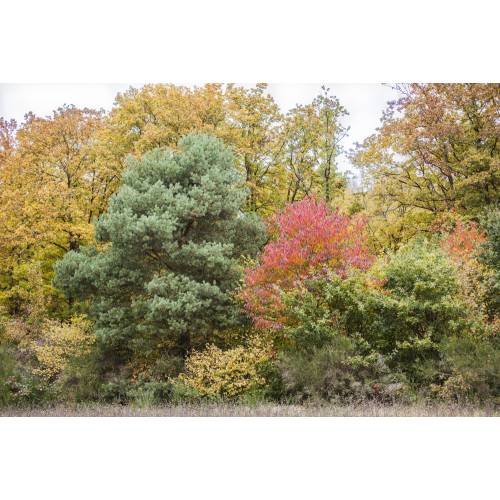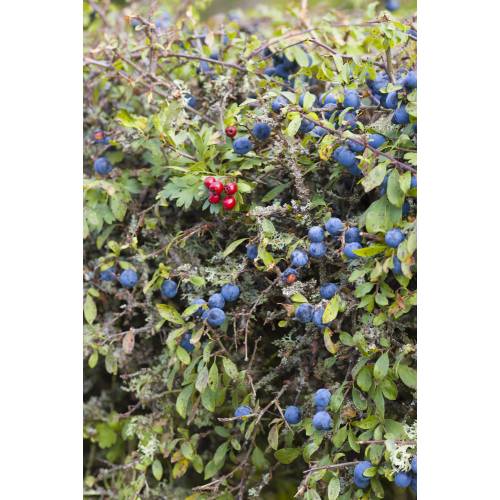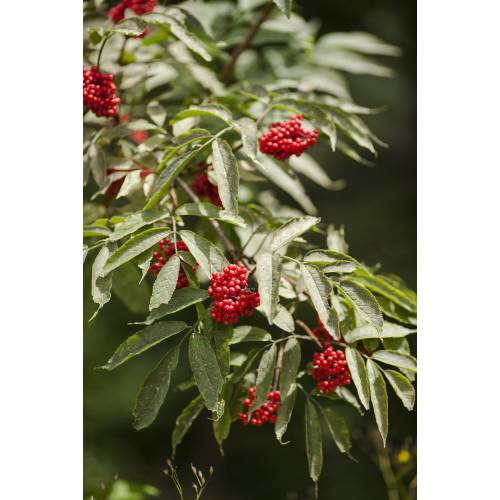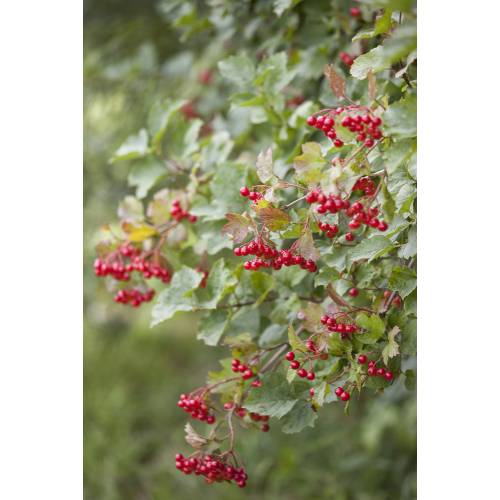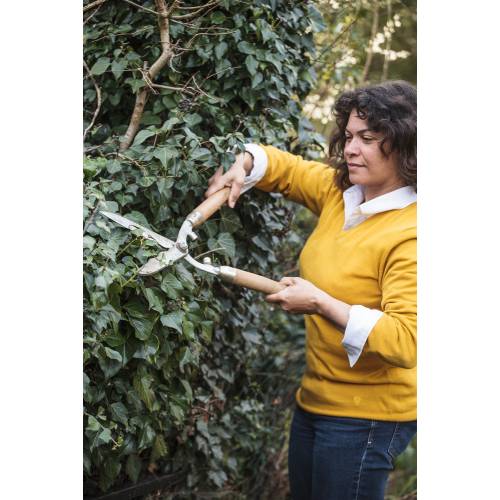
Ecological Garden
A wild-fruits hedge
- Details
-
A hedge which screens you from prying eyes and protects you from wind, but also gives you fruits to eat or provide food for the garden's fauna: it is possible! You must choose the species carefully and plant in a clever way.
Only advantages!
A hedge made of small wild fruits presents many advantages:
- It produces varied flavours with the blackberries, sloes, medlars, hazelnuts, rosehips (fruits of the wild rose), etc.
- It is economical, as the plants to create it cost less than classic-hedge's plants.
- It grows rapidly, as bay-producing shrubs have generally a rapid growth.
- It is environmentally friendly as it pleases numerous gardens 'animals like tits, hedgehogs, squirrels, etc.
- It is robust and is not sensitive to diseases, wind, storms, and bad-weather conditions like strong cold or drought.
The right species
To compose a wild-fruiting hedge, select all the shrubs which produce edible fruits from the classic hazelnut tree to the less known like the Oleaster (Elaeagnus) or the Lonicera Kamtschatica (the only Honeysuckle which produces edible berries). Add several thorn less' blackberry bushes varieties), hybrids such as Loganberry, etc. Do not forget the ornamental apple trees like 'Evereste' which fruits are edible (in jellies or stewed for example). You can also grow currant bushes or raspberry bushes at the hedge's base. The more your hedge is varied the better it will be. It is better to plant 2 specimens of each variety as a precaution and to fertilise each other.
Planting
Planting a wild-fruiting hedge follows the same rules than a classic hedge. A tip: space out the plants from 60 to 80cm at least as the shrubs are going to spread out a little bit more. If you have available space, plant in staggered rows, that is to say alternating plants on two rows (therefore they will be spaced out by 1.20m on each row). They will have more space and your hedge will be thicker and denser.
After planting
It is not because it is a small wild fruits' hedge that you are going to let it look after itself, especially at the beginning. Weed regularly during the first years and water in dry weather, from April to October. Mulch the base: ramial chipped wood (RCW) is the best mulch which we can place at the base of this type of hedge. Spreading lawn cuttings is also useful, of course. Finally, supplying fertiliser is not recommended as wild species must make do with whatever nutrients they find.
How about pruning?
Pruning a wild-fruiting hedge has one advantage: it is neither complicated nor demanding. Indeed all you need to do is to shorten the branches to the wished length, no more than once or twice a year. The ideal is to prune at the end of February, once a year. On the tools side, this can be done with a motorised hedge trimmer or using garden shears, depending on the length of the hedge. You can always cut at the same level: country-style's hedges do not work otherwise and they can live hundreds of years. Indeed pruning is not compulsory but plan for space: 2m on both sides of your wild-fruiting hedge! - Photos (5)

